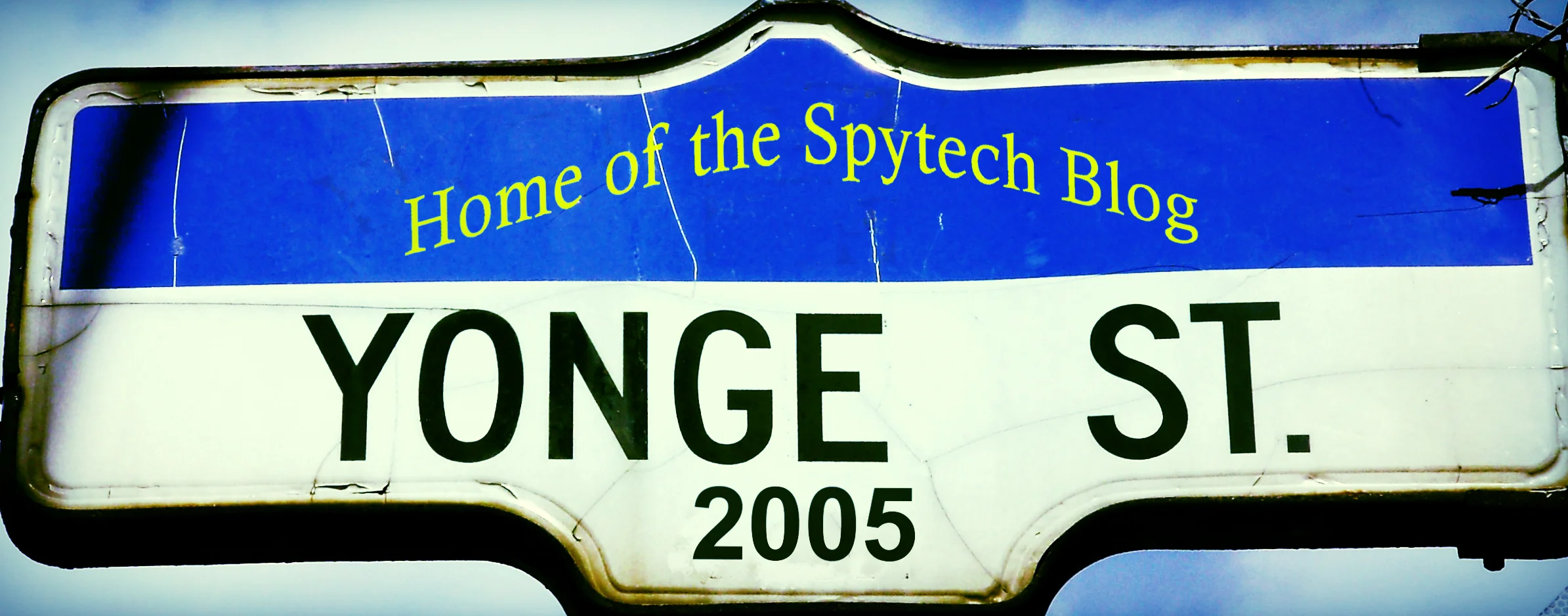Multi-Camera DVR
The most common DVR models come in 4 or 8 channel versions, but there are also other models as well (like 32+ channels). Our customers have usually bought a second smaller DVR instead of one huge one. Maybe these customers are expanding from 4 to 8 cameras and they just add a second 4 channel unit instead converting over to one 8 channel unit. Maybe they would rather have two monitors displaying 8 images each, rather than one monitor with 16 tiny images squeezed onto one screen. Maybe the customer doesn't even connect a monitor to the DVR and just leaves it recording constantly until something happens. Of course, every option has its own advantages, and every type of application could favour a different kind of setup. As such, let us leave that debate to individual customers and their qualified installers to sort out.
The typical DVR will record hundreds of hours of video onto a Hard Drive, with the exact time determined by the amount of memory in that Hard Drive. Usually, a DVR will be connected to an internet service for online access, assuming there is internet available at the site. This online capability, along with video motion activation and memory overwrite are the most important features for DVRs. To keep this article brief, I will focus on these universal features of a DVR, instead of listing countless industry-specific tweaks that are only relevant to a few special cases.
Online Video Feed
Having an online video feed from your DVR allows you to "remotely" watch your property at any time. Some people will check on their home from work, which is known in daytime talk show lingo as "nanny cams". Conversely, entrepreneurial types will check on their business from home, or while they are away on vacation. Speaking of travel, it has become more popular to use phones and tablets to view these video feeds, instead of relying only on computers, since most DVR devices have surveillance apps these days. DVRs will also send out some kind of notification message using motion activation or some other event, like a damaged camera alert, for example. When users receive an alert like this, they might check their camera feeds for more information, or maybe they will immediately send someone to the location. It all depends on the context of the alert.
Motion Activation
Motion activation doesn't seem like a very important feature until it's time to play back your recordings. That's when you see a list of motion recordings sorted by times and dates, and organized by which camera captured them, and you begin to appreciate the amount of time you saved yourself while investigating several hours of video footage. At the very least, you can skip over all those hours where you know nothing even happened. All DVRs these days will also allow you to adjust various motion activation settings to minimize common issues like false alarms. Since today's DVRs can be fine tuned just the way you want it is rare to find one that is not running in motion activation mode any more.
Overwrite
Overwrite - also known as "looping" - is the expected default setting for video surveillance these days. When you don't use overwrite, the DVR simply stops recording when the memory is full. For example, if the Hard Drive holds 900 hours, the DVR will only contain the first 900 hours of footage you recorded, unless you delete the footage and start over. When you do use overwrite mode, the DVR erases the oldest contents of the memory constantly while continuing to record the latest footage. In our example, the 900 hours of video content of the DVR would always be the last 900 hours recorded. The only issue with overwrite is that you must make a copy of your recording before that time loop comes around again and erases it automatically. Of course either mode may work better for a customer, depending on the actual application.
Other DVR Features
Other features you may find on a DVR include the schedule record function, so you can set the unit to record only during certain hours. Usually, a modern DVR will have one connector (sometimes more than one) for "PTZ" (Pan/Tilt/Zoom) controls. This is for operating the type of "PTZ" camera that has motors to move left and right, up and down, and in and out. There may also be an external alarm input to connect an existing alarm system to trigger the DVR recording. While integrating the DVR into other alarm systems can run the risk of creating more errors, there is still a certain level of comfort in having more layers of security. Those are really the most popular features that people generally ask about. Any of the more obscure features can be explored in person or by email.



